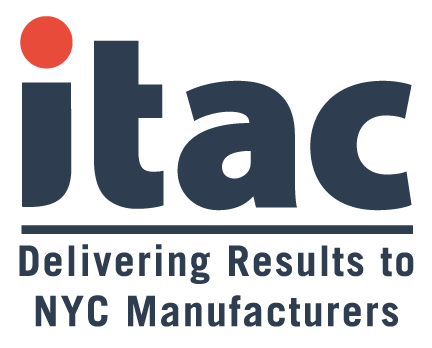Explore Some Tips to Optimize Your Safety Plan
The U.S. Food and Drug Administration (FDA)’s Food Safety Modernization Act (FSMA) requires food manufacturers to be compliant with Human Food Preventive Controls regulatory changes between 2015 and 2018, depending on the size of their organization. That means many food manufacturers have approached or are nearing the 3-year minimum requirement for their food safety plan (FSP) review.
The major components of an FSP include a hazard analysis, recall plan, risk-based preventive controls, and procedures for monitoring, with corrective actions and verification. It’s a lot to manage, and food manufacturers have learned much through their initial FSPs. Some have struggled with compliance, while others have made significant changes to their production line or to products and ingredients.
If you are a food manufacturer, large or small, here are tips for reviewing and optimizing your FSP.
Use Assessments to Help Identify Gaps and Opportunities
There are quick FSMA gap analysis tools to get an idea of your company’s strong points—those that are “green” and areas in which it thrives—and areas that might be “yellow” or “red” and in need of improvements and focused attention.
The Tri-State Food Manufacturing Collaboration, a multi-state initiative of the MEP National Network, offers a free 1-hour gap analysis to help manufacturers assess themselves—where they may not be meeting the regulation and how to prioritize areas for improvement.
The free assessments help food manufacturers identify opportunities to improve prerequisite programs such as Current Good Manufacturing Practices.
The gap analysis is a holistic approach to the FSMA regulations in 21 C.F.R. part 117. While the FSP is a part of Subpart C, Hazard Analysis and Applying Preventive Controls, it is important for food manufacturers to understand the larger picture of federal requirements that impact food safety.
Learn What Your Peers Are Experiencing
It’s also helpful to know what issues are most common within your product industry. Observations from food safety inspections to date offer a window into challenges and top issues facing food manufacturers. Consider the differences among these two segments:
- Bakery/Dough/Mix/Icing:
- Personnel
- Pest Control
- Sanitary Operations – Plant Maintenance
- Fishery/Seafood:
- Critical Limits
- Hazard Analysis and Critical Control Points (HACCP) Plan Implementation
- Sanitation Monitoring
There are similar observations and commonly found gaps for multiple industries. For more information, contact your local MEP Center. FDA has created a data dashboard to track food safety inspections, compliance actions, and others areas. You can filter data a number of ways or search by company.
What to Watch Out For in Your FSP
Food manufacturers will continue to improve their FSPs as they become more knowledgeable and comfortable with the complex subject matter. Noticeable trends have emerged from the initial round of FSPs. Here are three things to look out for when updating your FSP.
1. How to keep your FSP from being too cumbersome
Appropriately group your products, ingredients, or processes based on risk as the basis for your hazard analysis. For a small manufacturer that makes only five products, it might be easy enough to do a hazard analysis for every product. But that is not practical for a large food producer with 2,000 SKUs.
It can be difficult to decide how to group comparable products or processes. One way to group them is based on similar biological, chemical, or physical hazards. It will become a much easier plan to create and follow. Another approach for grouping could be by ingredient types that share the same biological, chemical, or physical hazards.
2. Keep your FSP separate from other compliance programs
It can sometimes be easy for manufacturers to overlap, combine, or confuse risk assessments. Keep the FSP risk assessment separate from the food defense plan risk assessment, coronavirus disease prevention plan, or personal protection plans. It’s easy to get caught up in risks, but not all risks apply to all plans. For example, the food defense plan centers around intentional adulteration while the FSP centers around unintentional adulteration.
Another example is the risk of an ingredient while handling (personal protective equipment needed per Occupational Health and Safety Administration guidelines) versus the risk that might be posed in the finished product as a chemical hazard if the formulation is incorrect.
3. Converting your HACCP Plan into an FSP
Manufacturers have often just converted the wording of one plan to another without going through the process of the hazard analysis and identifying preventive controls. Hazard Analysis and Cirtical Control Points (HACCP) programs typically address only process preventive controls (identified as CCPs in the HACCP plan) such as cooking temperature and time, but don’t necessarily identify preventive controls such as allergen, sanitation, and supply chain programs. The FSP uses a different lens than a HACCP plan.
Maximize PCQI Training to Support Food Safety Culture
FSMA requires all food manufacturing companies to have at least one Preventive Controls-Qualified Individual (PCQI) create and/or oversee the FSP. However, it’s always a good idea to have more than one person trained, if possible, and several if you are a large company.
No matter how large or small a food processing facility is, it should regard food safety and concern for public health as its No. 1 priority. Since FSMA was first introduced, you hear a lot about “exemptions” and whether companies have to comply with FSMA. The short answer is if you have to register with FDA, you have to comply with FSMA. There are modified requirements for very small businesses, but even those must meet certain FSMA requirements, and they are encouraged to complete a PCQI course.
Having a PCQI backup is highly recommended, especially in today’s climate of uncertainty. Plus, having more employees who understand the importance of corrective actions, verification and validation, know the terminology, and can effectively communicate will only make the company food safety culture thrive.
Companies with a strong food safety culture have buy-in throughout their organizations from top to bottom and understand the importance of everyone’s role in carrying out preventive controls in the FSP. They are more likely to have long-term compliance. Tips for how to recognize a food safety culture:
- The FSP is valued for its benefits and is not just a regulation needed to stay in business.
- Immediate action is valued.
- Staffing and infrastructure are sufficient to ensure compliance.
- Effective behaviors are celebrated and are built into recognition and even compensation.
Contact Your Local MEP Center to Help With Your FSP
Creating or optimizing an FSP is made easier by knowing what to look out for and using available resources. Food safety experts at your local MEP Center can help you create or optimize your FSP and build a sustainable food safety culture. In addition, your MEP-trusted advisor can assist you with services such as operational excellence, new product development, business growth service, and workforce development. For NYC food manufacturers, contact ITAC today.
This insight is from Food Safety Magazine. You can read the full article here.






